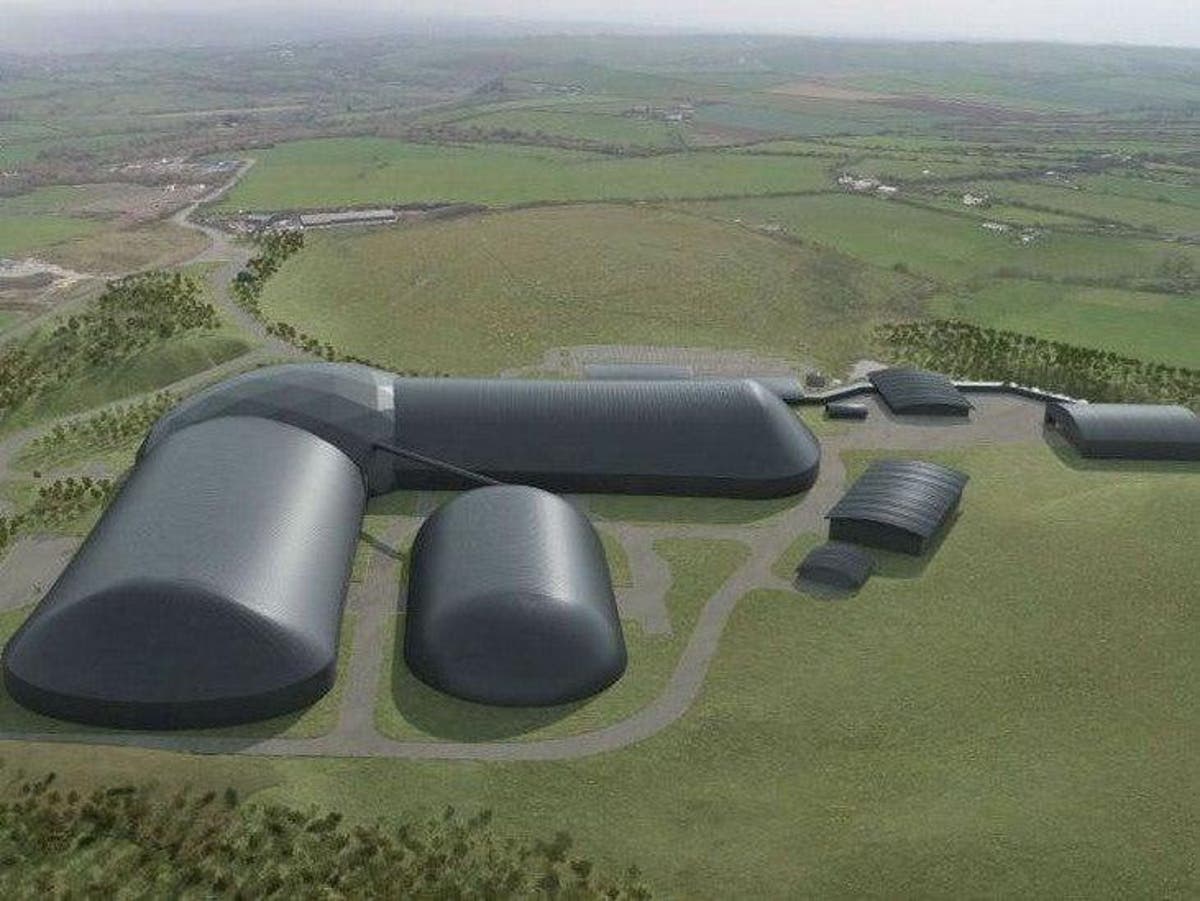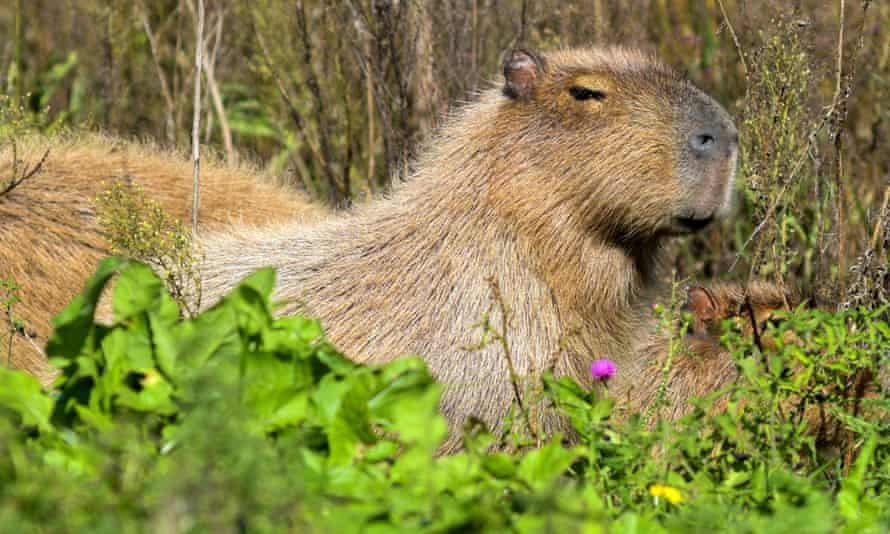
UK’s First Deep Coal Mine In 30 Years At
By Addrew Shawn On Aug 21, 2021
Controversial plans for the UK’s first deep coal mine in 30 years face losing financial backing as uncertainty over the project drags on, The Independent has learned.
Proponents of the proposal for a new coal mine in Whitehaven, Cumbria claim it will create 500 new jobs in a region facing economic decline. However, leading academics and activists say the project is incompatible with climate targets and that green investment in the region could create many more jobs than a new coal mine.
In March, The Independent revealed that the government is to hold a public inquiry into the planned mine – a decision one campaigner described as a “startling U-turn” given that ministers had previously refused calls to intervene in the project.
Financial documents seen by The Independent show that “uncertainty” caused by the public inquiry has put the project at risk of losing the support of its principal backer.
Recent records filed by West Cumbria Mining, the firm behind the project, state that the principal shareholder, the Singapore-based EMR Capital Investment, may drop its support of the project “due to the uncertainty of both the length and outcome of the public inquiry”.
The documents also show that the company has implemented a “cost-saving programme” in response to the inquiry announcement.
Under this programme, “all members of staff have been served notice, office accommodation vacated and all expenditure, other than that which relates to the public inquiry, has been halted”, according to the records.
A campaigner at Friends of the Earth said the documents raised questions about whether the firm could meet its promise of providing jobs for locals.
“The future of the mine, along with proposed jobs, is uncertain, as these finances show,” said Tony Bosworth, an energy campaigner at Friends of the Earth.
“If West Cumbria Mining’s main backer won’t pour more money in to keep the company going, what does that say about its long-term prospects and promised jobs?”
“Like many other areas, the region desperately needs jobs. But it isn’t a case of employment or the environment, that’s just a false dilemma that we have to move past. This is why the government needs to invest in new, green jobs that will provide long-term employment for local people without wrecking the planet.”
Tim Farron, former Liberal Democrat leader and the party’s environment spokesperson, said the revelations over West Cumbria Mining’s finances should be the “final nail in the coffin” for the project.
“If this was as economically viable as the mine’s proposers would have us believe they would have no problem at all finding the funding to keep their current staff on,” he said.
“Given how environmentally damaging this mine is going to be, the removal of any economic case should be the final nail in the coffin.”
The proposed mine would produce coking coal for use in steel production. Around 85 per cent of this coal would be exported to Europe.
A report released by the think tank Green Alliance in 2020 estimated that the mine would produce 8.4 million tonnes of CO2 per year – the equivalent of the emissions of more than one million homes.
“It will add millions of tonnes of carbon emissions to the atmosphere and that is directly contravening the Paris Agreement,” Prof Rebecca Willis, an environmental scientist at Lancaster University who co-authored the Green Alliance report, previously told The Independent.
Many scientists and political figures have pointed out that the plans risk undermining the UK’s climate reputation ahead of Cop26, a major global summit to be held in Glasgow in November.
Boris Johnson has repeatedly called for other countries to “consign coal to history” ahead of the conference and the UK is leading an international effort aimed at getting nations to pledge to phase out their use of coal-fired power.
The public inquiry into the Whitehaven mine is due to start on 7 September and is expected to last 16 days.
A spokesperson for the government said it would not be appropriate to comment on the plans ahead of the inquiry. The Independent also approached West Cumbria Mining and EMR Capital Investment for comment.
Read original article here












